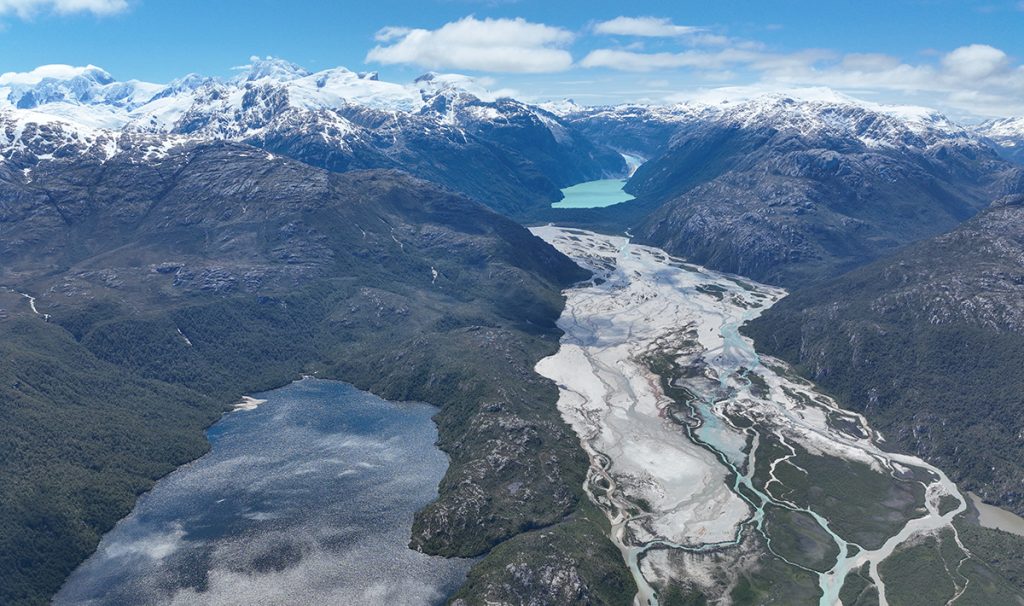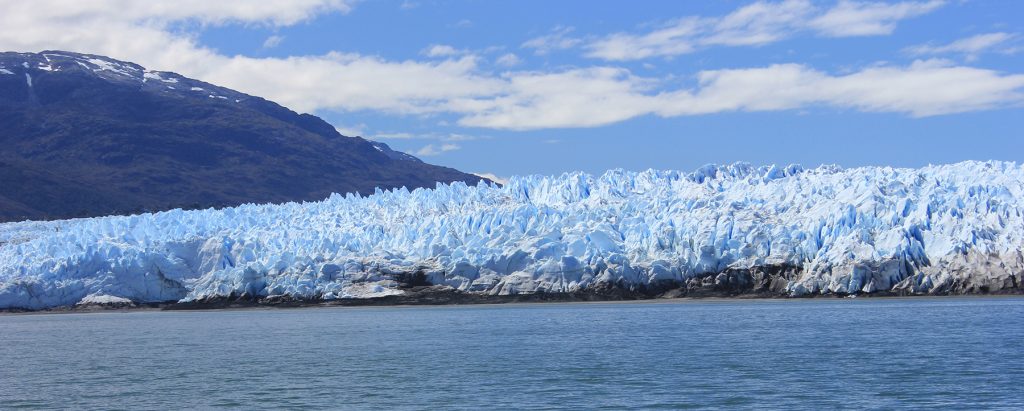CLIMAGLOF: Impact of climate change on Andean Glacial Lake Outburst Floods

Project leader : Sebastien Bertrand
Other participants : Inigo Irarrazaval (CIEP, Chile), Pablo Iribarren Anacona (UACh, Chile), Mariana Correas Gonzalez (IANIGLA, Argentina), Katy Damacia Medina Marcos (UNASAM, Peru)
Associated MSc student : Lise Chantelauze
Funding : CLIMAT-AmSud
Glacial Lake Outburst Floods (GLOFs) are catastrophic events that result from the abrupt release of meltwater from moraine- or ice-dam lakes due to dam failure. They are among the most destructive natural hazards on Earth. GLOFs are particularly notorious in the southern (Patagonia) and tropical (Cordillera Blanca) Andes, where they frequently cause important damage to infrastructure and are responsible for the loss of livestock and human lives. The recent increase in the number and size of glacial lakes in the Andes due to climate change is well documented but the implications for GLOF hazards remain essentially unknown.
In this collaborative project, we investigate the impact of climate change on GLOF frequency, magnitude and location in Patagonia (Chile and Argentina) and Cordillera Blanca (Peru). To do so, we (a) study the triggering mechanisms, hydrology, geomorphology, and signature in downstream sediment archives, of selected historical GLOFs, (b) investigate changes in GLOF occurrence during the last decades and centuries based on historical chronicles and high-resolution sediment archives, and (c) improve GLOF hazard assessments for Andean populations.
Our consortium of students and scientists from France, Chile, Argentina, and Peru addresses these research questions collectively using an interdisciplinary approach. The participation of methodological experts and scientists with regional knowledge leading the field campaigns ensures a comprehensive understanding of the evolution of Andean GLOF hazards.
Fieldwork
https://www.instagram.com/p/DD7ImLKOYm8/?utm_source=ig_web_copy_link&igsh=MzRlODBiNWFlZA==
